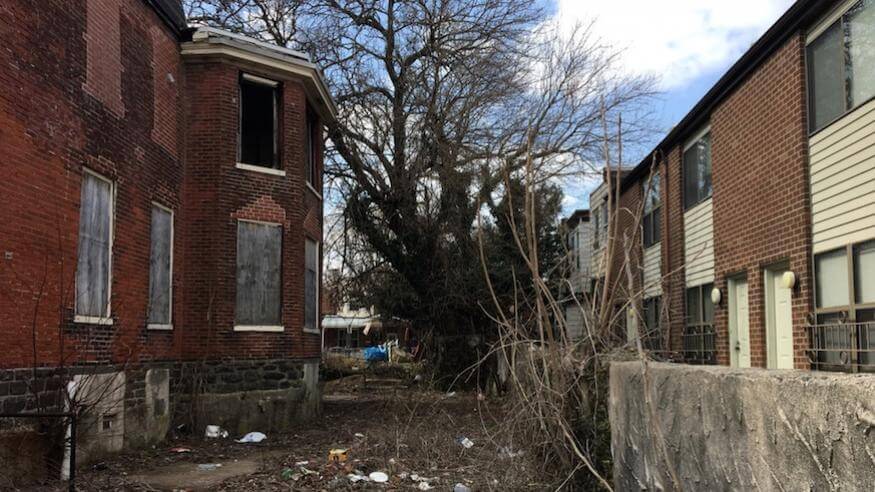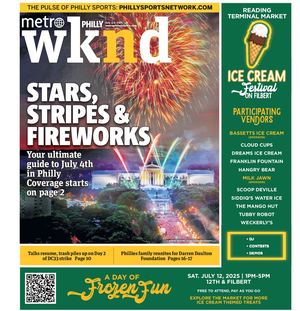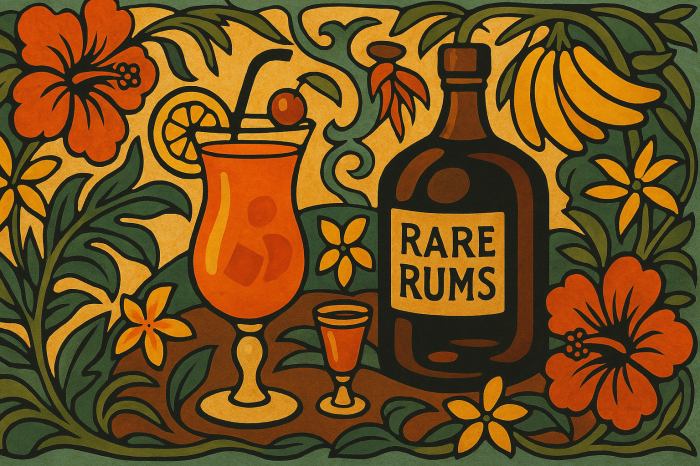A new exhibit on the history of redlining in Philadelphia aims to inform visitors on a historically destructive practice that has impacted not just Philly, but small towns and major cities nationwide, with an art installation, history through touch technology and more.
“A Dream Deferred PHL: Redlining Past, Present, Future” examines the history and significance of redlining in Philadelphia, a typically racist method in which lenders refuse loans to clients based on the predominant ethnicity of the neighborhoods where they lived. As the poorest large city in America, redlining has had a major effect on the development or lack thereof of Philadelphia. Named after a Langston Hughes poem, the project intends to explore “what happens when people and cities are restricted from reaching their true potential.”
Local entrepreneur Tayyib Smith was inspired to create “Redlining: Past, Present, Future” after learning of his family’s experiences of dealing with the difficulties of finding homes in Philadelphia. “My parents dealing with housing stability, my mother being familiar with redlining and urban renewal and informing me, and throughout my life, seeing examples of black and brown people being displaced, particularly in the last 10-15 years [influenced me],” says Smith.
The project came about “through my own research and studies in revisiting that information and comparing personal, lived experience history or family folklore with research I found with experts,” Smith said. He intended to fill a void after “seeing a lot of examples of gentrification and not having the understanding of public policy or the vocabulary to address it,” he said.
For Smith’s colleague Meegan Denenberg and “Redlining: Past, Present, Future” co-creator, it’s important that visitors to the exhibit understand the sociological effects redlining has had on historically marginalized groups of people living in Philadelphia. “People of color have largely inherited a non-meritocratic legacy that has fostered generational poverty, trauma and massive inequity,” says Denenberg.
Denenberg also wants visitors to reflect on factors like privilege and systemic injustice that affect where people ultimately are able to live.
“Healthy neighborhoods, cities and country are predicated on economic opportunities and justice for all,” Denenberg said emphatically. “[A person should] understand how one has been burdened by or benefitted from federal and social policies; how engineered and systematic segregation was and is, and how only very specific groups of people were given the access to buy land which is the primary foundation of wealth building. That, and an empathetic understanding of one’s own privilege, or lack thereof, and how everyone has a responsibility to the other to ensure fair and even access.”
Smith believes raising awareness for public policy with projects like “Redlining: Past, Present, Future” can help inform people on their rights to have more stable communities. “We believe in order to have more holistic public policy to face our housing crisis, people need shared understanding or history to move forward. Essentially, we just want to to elevate the dialogue and have more people thinking collectively about this.”

History of Redlining
More than a quarter of Philadelphia residents live under the federal poverty line, meaning a family of four people has to live on a household income of $25,100.
Strawberry Mansion was a neighborhood that was at one point 89 percent white and 11 percent black, but due to factors like white flight and redlining over the ’40s to 70s, shifted to five percent white and 95 percent black. FHA mortgage loans were more accessible to white residents, who were far able to move to the suburbs of Philadelphia.
The Fair Housing Act of 1968 made redlining illegal nationally. But after the rise of subprime lending in the 1990s, some banks took advantage of inner city homeowners with predatory loans accompanied by ballooning payments that sent many homeowners into default as the housing bubble burst in 2007, precipitating the broader financial recession of 2008.
The Dream Deferred PHL exhibit will be open to the public until Nov. 17 at 600 Spring Garden St., Weds & Thurs, 12- 7 pm; Fri & Sat, 1-8 pm; Sun 1-5pm. For more information visit adreamdeferredphl.org.






























